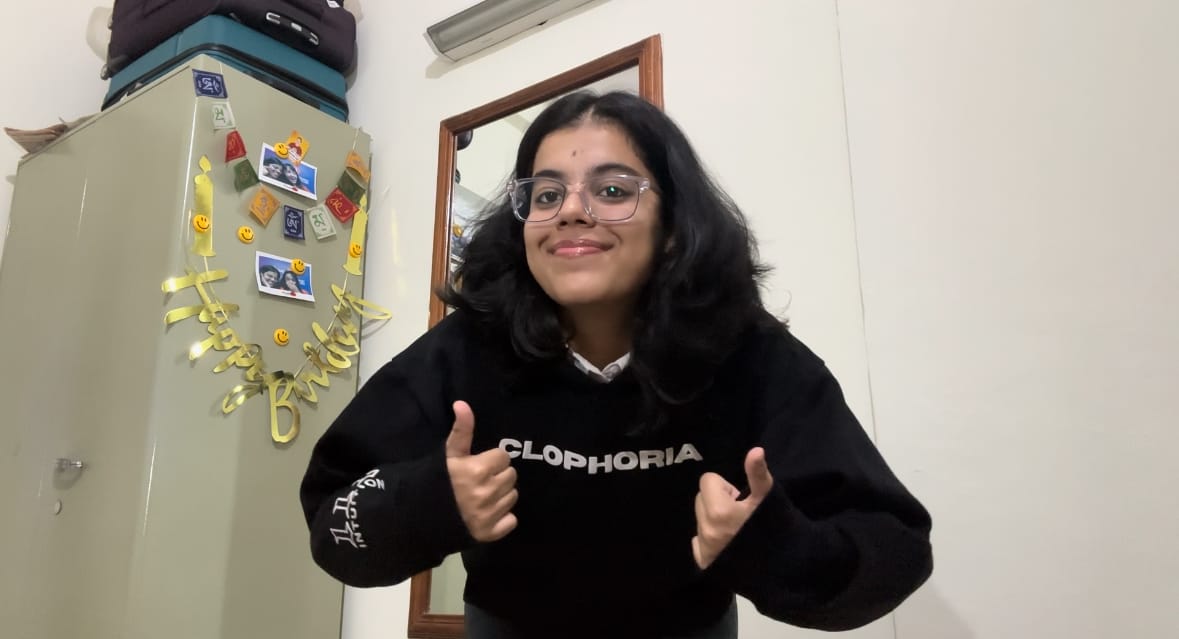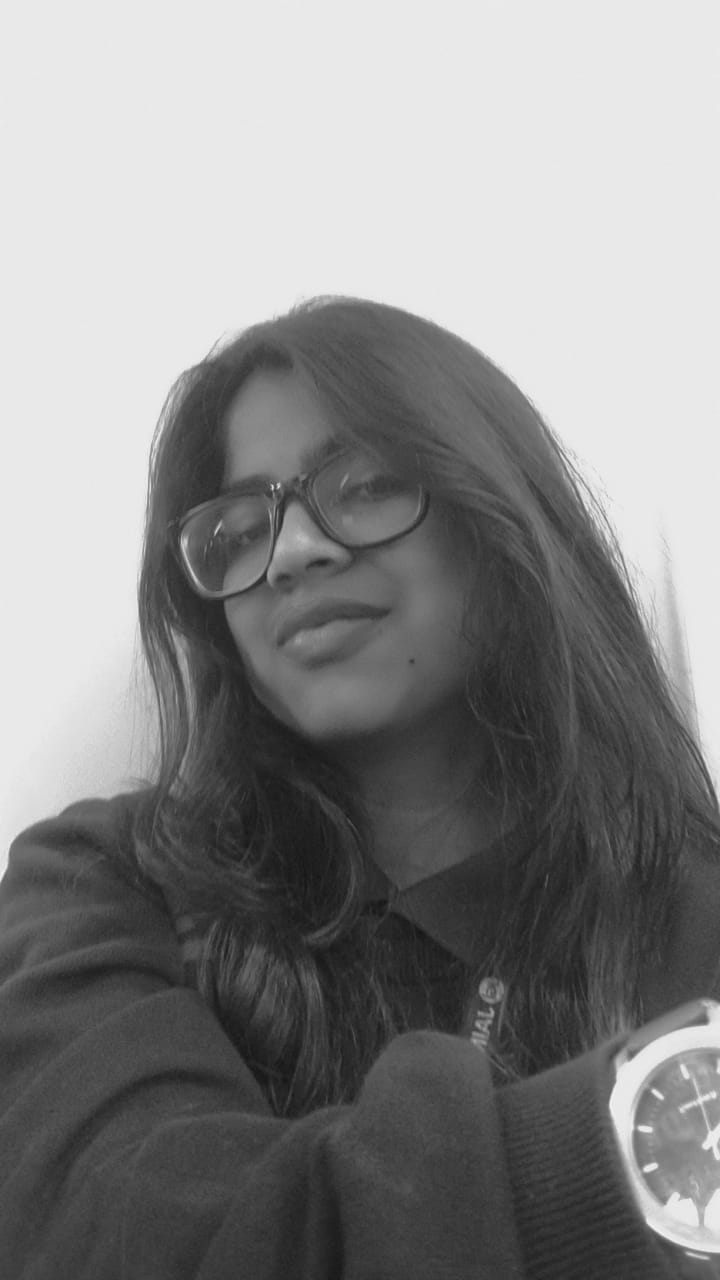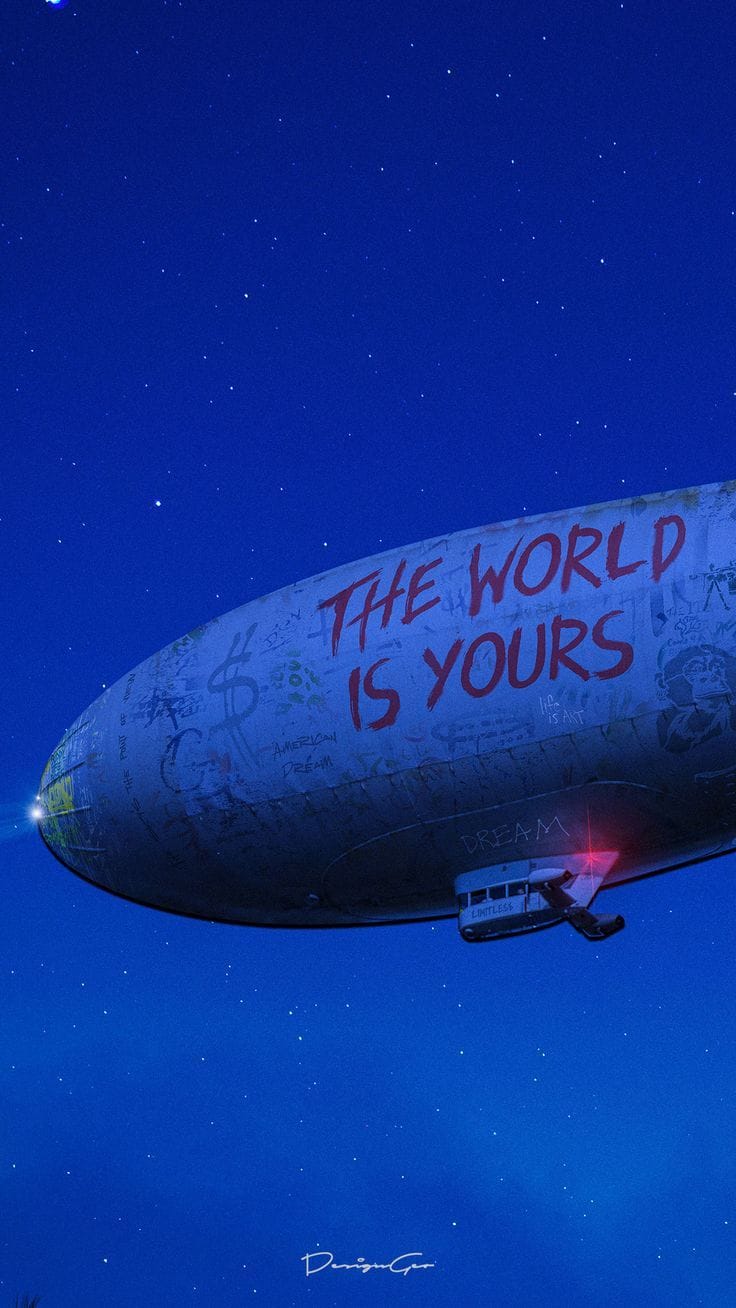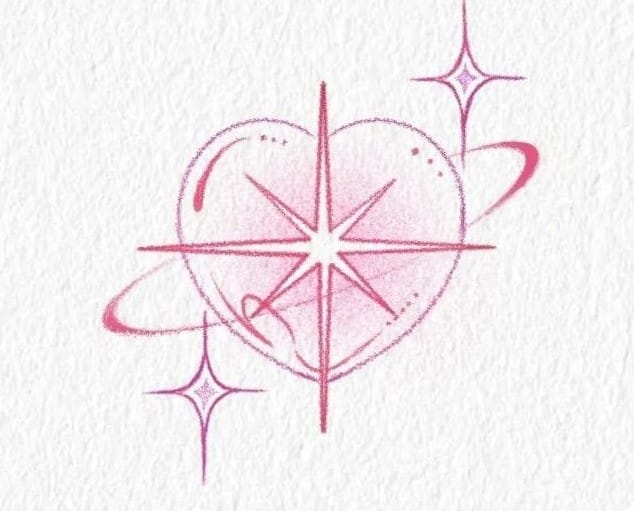Mental Health in A Tech-Driven World: When Digital Escapes Become Digital Trap

SAANVI SINGH
September 16 , 2024

Technology has become an inescapable reality of daily life in a world that moves at the speed of light. From the soothing glow of our phones in the morning to the artificial luminescence of our laptops at night, many of us live through our devices. They connect us, offer entertainment, and even provide escape. But what happens when the very things we turn to for solace become sources of stress and isolation? In a tech-driven world, where digital escapes have become digital traps, mental health is at risk in ways that are both obvious and insidious.
The Allure of Digital Escapes
For many, technology has transformed from a tool of utility into a vital escape from the pressures of daily life. It offers a portal to other worlds, allowing us to disconnect from reality—whether that’s through binge-watching Netflix, scrolling through Instagram, or getting lost in the fast-paced world of gaming. These activities provide a momentary distraction, a quick hit of dopamine that makes us feel good, even if just for a little while.
I remember back in my first year of college when the stress of academic deadlines and social expectations began to mount. A quick escape into the world of Instagram felt like a mini vacation. The memes made me laugh, the influencers inspired me, and the stories provided a voyeuristic thrill into other people’s seemingly perfect lives. For those few minutes, my worries dissolved. The problem? The escape didn’t last. As soon as the app closed, the stress returned, often with a newfound sense of inadequacy. The perfect lives I saw on the screen felt like a mirror, reflecting my own imperfections back at me.
This is the reality of many digital platforms today. They are designed to captivate, pulling us in deeper with every tap, swipe, and like. What begins as a harmless escape can quickly spiral into hours of mindless consumption. And instead of feeling refreshed, we’re left more drained than when we started.
The Trap of Social Comparison
One of the biggest mental health pitfalls in this digital age is the culture of comparison. Social media is rife with curated highlights—people’s best moments filtered to perfection. This creates an unrealistic benchmark for success, beauty, and happiness. It's easy to forget that what we see online isn’t real life but a polished version of it.
I saw this firsthand with one of my close friends, Ananya, who became deeply engrossed in Instagram during the pandemic. She would spend hours on the app, scrolling through posts of influencers travelling, cooking gourmet meals, or mastering a new hobby. She started comparing her life—trapped indoors, filled with anxiety about the future—to the seemingly carefree lives of these influencers. It wasn’t long before she began experiencing feelings of inadequacy, which turned into a full-blown depressive episode. Despite knowing the content was curated, she couldn’t help but feel that she was falling behind in life.
This “comparison trap” can be devastating for mental health. Numerous studies show a strong correlation between social media usage and increased rates of anxiety, depression, and body dissatisfaction. The more time we spend online, the more likely we are to compare ourselves to others, often to our own detriment.
Constant Connectivity and Burnout
Another growing concern is the sense of constant connectivity. The idea that we’re always "on" and reachable can have serious repercussions for mental well-being. Many people struggle to draw boundaries between their personal and professional lives. Notifications from work emails, social media alerts, and news updates blur the lines between relaxation and responsibility.
I personally experienced this last year while balancing my coursework, internships, and extracurricular responsibilities. Even after class hours, I would receive messages from professors or reminders about impending deadlines. My phone buzzed continuously, and with each notification, I felt a surge of anxiety. Even when I wasn't actively working, the knowledge that I could be reached at any moment kept me on edge. Sleep became restless, and my productivity plummeted. The burnout was real.
This 24/7 connectivity, fuelled by the pressure to be constantly available, leaves little room for downtime, which is essential for mental recovery. Over time, it can lead to chronic stress, burnout, and even a breakdown in personal relationships.
The Illusion of Connection
Social media was originally designed to bring people together, but ironically, it often leaves us feeling more disconnected than ever. While it's true that we can message a friend across the world with a tap, the depth of those interactions tends to be superficial. The emotional connections we form through digital interactions rarely compare to the richness of in-person conversations.
I have a friend, Maya, who moved abroad for work. Initially, we tried to maintain our friendship through video calls and messages. But over time, it became harder to find the energy to engage. Conversations that were once spontaneous and free-flowing now felt stilted and performative, limited by the digital format. Slowly, we drifted apart, despite being "connected" on all social platforms. This is a common experience—digital connections don’t always fill the void of true human connection.
The rise of loneliness in the digital age is an alarming paradox. Despite being more connected than ever before, people report feeling more isolated. A study conducted by the American Psychological Association revealed that heavy social media users are three times more likely to feel socially isolated than those who use it less frequently.
The Dark Side of Doomscrolling
One of the newer terms to enter the digital lexicon is "doomscrolling"—the act of endlessly scrolling through negative news and information online. This behaviour has skyrocketed in recent years, especially during global crises like the COVID-19 pandemic and political unrest. While staying informed is important, the constant bombardment of bad news can create a sense of helplessness and despair.
I remember feeling this during the height of the pandemic when my daily routine involved waking up, grabbing my phone, and scrolling through news updates about rising death tolls, vaccine controversies, and economic downturns. It felt like no matter where I looked, the world was falling apart. This constant exposure to negativity left me feeling hopeless and anxious about the future. I wasn’t alone—many of my friends shared similar experiences of feeling overwhelmed by the sheer volume of distressing news.
Doomscrolling takes a toll on mental health. It amplifies anxiety, making the world seem darker and more dangerous than it actually is. The psychological impact of this phenomenon has been well documented, with experts warning that consuming too much negative news can lead to feelings of helplessness and chronic stress.
Escaping the Trap
So, what can we do? How do we navigate a tech-driven world without falling into the mental health traps it often sets?
First and foremost, awareness is key. Acknowledging the ways in which technology impacts our mental health allows us to set boundaries and reclaim control over our digital lives. Here are a few strategies that have helped me and others regain balance:
Set Digital Boundaries: I’ve started designating certain times of the day as "tech-free zones." For example, I no longer check emails or social media after 9 PM. This small change has had a huge impact on my mental well-being, allowing me to wind down properly and sleep more peacefully.
Curate Your Feed: It’s easy to follow influencers or accounts that make you feel bad about yourself. Take the time to unfollow those accounts and instead follow ones that inspire positivity, growth, or learning. I now make it a point to follow mental health advocates, artists, and educational pages that add value to my day.
Limit News Consumption: Instead of doomscrolling, try setting a specific time limit for consuming news. This helps prevent the overwhelm that comes with constant exposure to negative headlines.
Prioritise In-Person Connections: While digital communication is convenient, nothing beats the authenticity of face-to-face interaction. Make time for in-person meetups with friends and family, even if it’s just for a quick coffee or walk.
Practice mindfulness: Mindfulness exercises, like meditation or deep breathing, can help you stay grounded and present. They offer a way to counter the overstimulation that comes with digital usage.
Be Mindful of Your Time Spent Digitally
In this tech-driven world, it's easy to fall into the trap of digital escapes, mistaking them for genuine relaxation or connection. While technology offers convenience, entertainment, and connection, it can also amplify anxiety, depression, and isolation if not used mindfully. The challenge is to strike a balance—embracing the positives of technology without letting it consume us. By setting boundaries, fostering real connections, and being mindful of our digital habits, we can protect our mental health in a world that never stops moving.
For emotional support, reach out to a Mind Coach at Happy Minds today!
Keep Reading
Started reading,
found my glow!
New blogs dropping soon – Sign up!
© EmbraceWell. All rights reserved




























